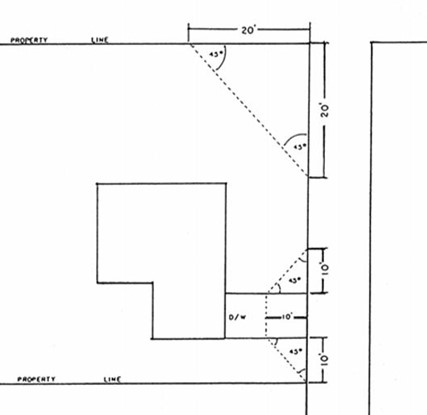Chapter 5.45
TRANSIENT BUSINESS ON PRIVATELY OWNED PROPERTY
Sections:
5.45.010 Transient business on privately owned property.
5.45.010 Transient business on privately owned property.
Transient business of privately owned property shall be conducted in accordance with the following conditions or specifications:
(1) Written permission from the property owner to operate at that location, including use of restroom facilities for employees and adequate parking for customers.
(2) All local and state licenses (including food safety mobile food unit license as applicable) must be obtained prior to operating transient business.
(3) The unit must be self-contained and may not discharge into the sanitary or storm sewer.
(4) If the business uses electricity provided by the property owner, any equipment or cords must be placed and/or covered so as not to create a safety hazard.
(5) Portable signs and attraction devices must comply with city ordinances.
(a) A minimum unobstructed pedestrian passage area of 36 inches must be maintained at all times. Avoid creating safety hazards for pedestrians and vehicles.
(b) Signs may not interfere with, obstruct or be confused with any authorized traffic sign or highway identification sign, and must not mislead, distract, or confuse vehicle operators. Attraction devices are banners, windsocks, posters, pennants, ribbons, streamers, or other similar nonautomated, nonelectronic, or nonilluminated moving devices. These devices may not encroach upon a public right-of-way if they are a hazard to pedestrian or vehicular traffic.
(c) Portable signs are not permanently affixed to a building, structure, or the ground and are designed to be moved, such as sandwich boards and signs on wheels. One portable sign per business with a maximum of two faces and 10 square feet or less per face is allowed.
(d) Portable signs may be placed in the public right-of-way fronting the business. A ROW use permit is required for signs in the right-of-way; see the community development office for an application.
(6) The structure, equipment and sign(s) must follow vision clearance guidelines:
(a) There shall be no visual obstructions over 36 inches in height within the vision clearance area.
(b) The vision clearance area at all intersecting and intercepting alleys, streets, or highways shall encompass all land formed by a triangle, one point being the corner of the lot at the intersection and the other two points located a distance of 20 feet from this corner point on the side, front or rear property lines as the case may be.
(c) The vision clearance area on each side of any private driveway intersecting a street or alley shall encompass all land formed by a triangle, one point located where the side of the lot intersects the street or sidewalk, and the other two points located a distance of 10 feet from this point along the driveway, sidewalk, or street as the case may be.

[Ord. 568 § 3, 2023].


